Blog
Advice and expertise from AM, and special guest posts by leading archivists, academics and librarians from around the world.
-
TitleDescriptionDate
-
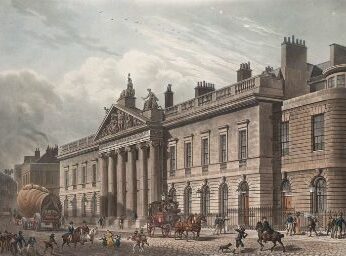 How the East India Company shaped London
How the East India Company shaped LondonTwo hundred years ago the massive warehouses and imposing façade of East India House were a constant reminder to onlookers of the power and influence of the East India Company in London.
-
 Human stories from the East India CompanyYou might expect the minutes of the meetings of the Court of Directors to be rather dull administrative records. But they are in fact the source of many fascinating human stories. The Directors were responsible for a mighty organisation, but they always made time to consider the requests of individuals who approached them for help, no matter where they fitted into the social hierarchy.
Human stories from the East India CompanyYou might expect the minutes of the meetings of the Court of Directors to be rather dull administrative records. But they are in fact the source of many fascinating human stories. The Directors were responsible for a mighty organisation, but they always made time to consider the requests of individuals who approached them for help, no matter where they fitted into the social hierarchy. -
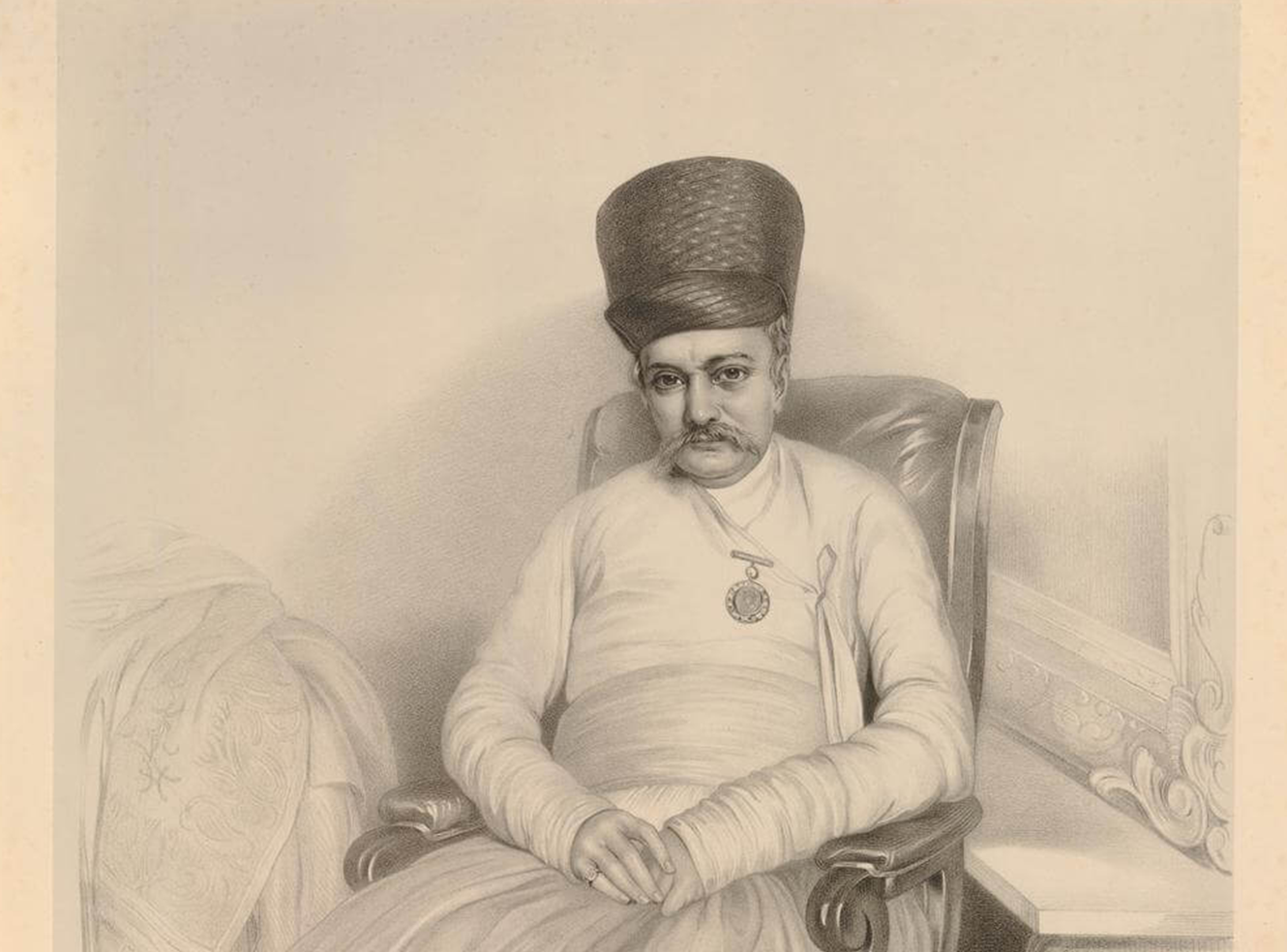 Uncovering Indian voices in the records of the East India Company
Uncovering Indian voices in the records of the East India CompanyJade Bailey, Assistant Editor at AM takes a deep dive into India Office Records, E uncovering glimpses of colonial experiences in the newly digitised volumes of correspondence from IOR/E/4/1084, available now.
-
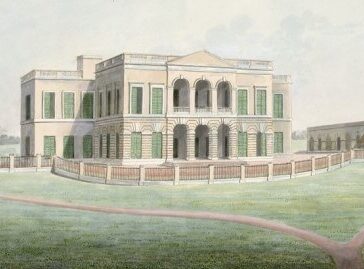 Preventing disorder at the East India Company factories
Preventing disorder at the East India Company factoriesMore than 1500 volumes of East India Company Factory Records are being digitised through a partnership between the British Library and Adam Matthew Digital. The factories were the Company’s overseas trading posts from the 17th to 19th centuries. The Factory Records are copies of documents sent back to London to be added to the archive at East India House.
-
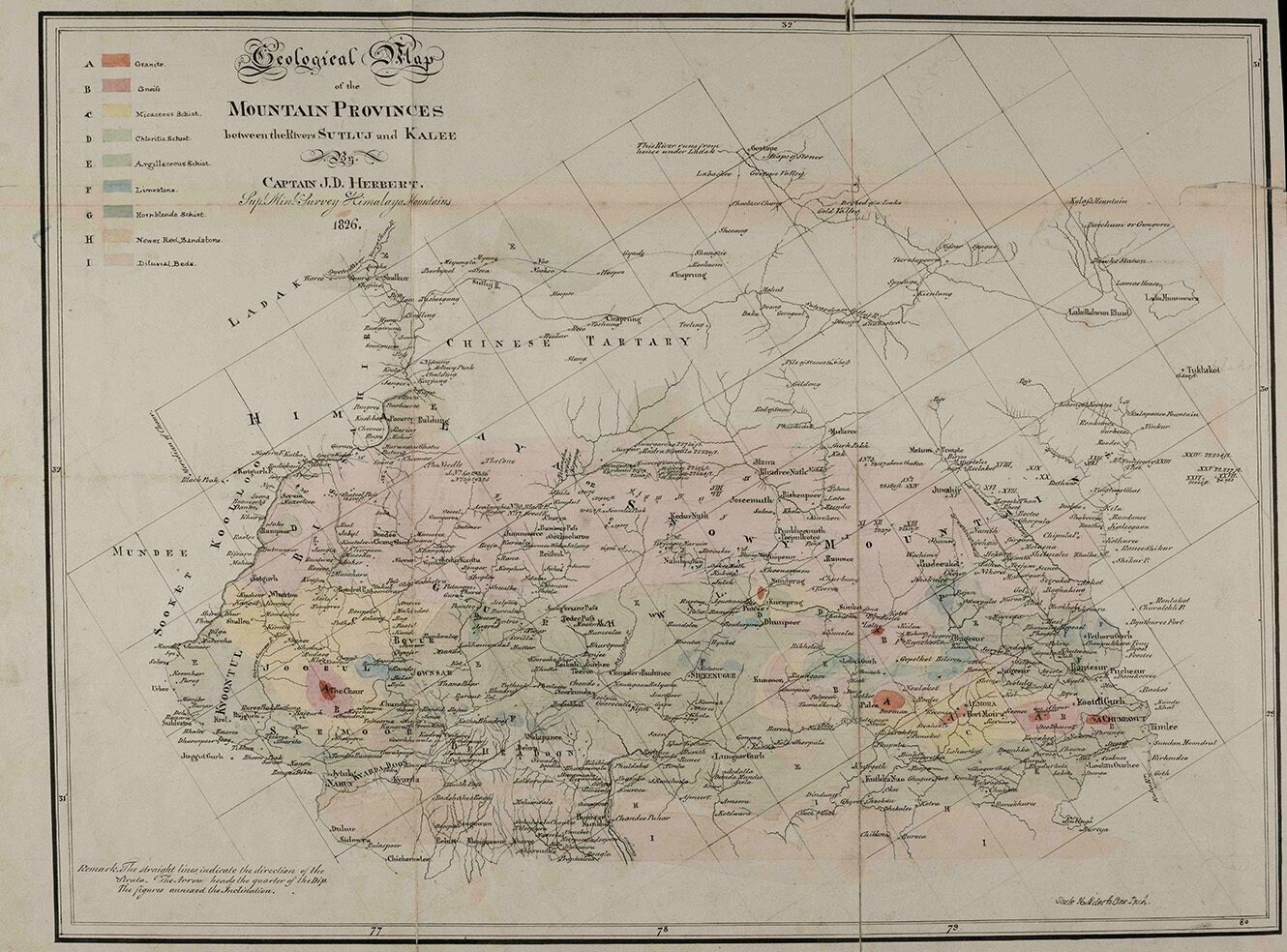 The topography of colonialism: maps in East India Company
The topography of colonialism: maps in East India CompanyMaps, from the strategic mapping of waterways and fort locations to an intriguing geological survey of the Himalayas, reveal fascinating details of how the East India Company approached and understood their far-flung territories.
-
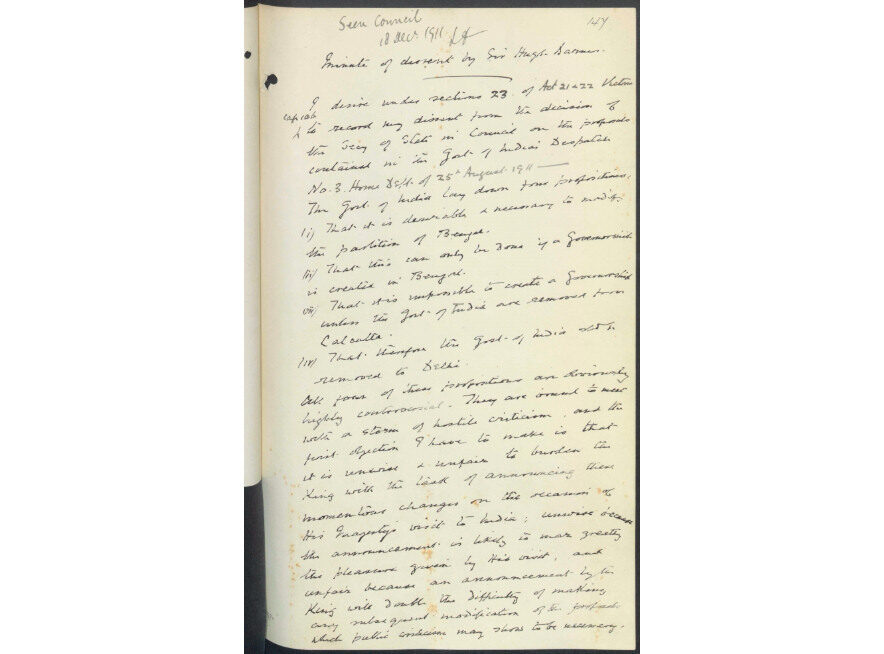 Trade, Governance and Empire 1600-1947: From the East India Company to the Indian Independence Act.
Trade, Governance and Empire 1600-1947: From the East India Company to the Indian Independence Act.Just 3 months into 2017 Adam Matthew have already published a wealth of exciting new collections, one of which I particularly had my eye on: East India Company Module 1: Trade, Governance and Empire, 1600-1947.
-
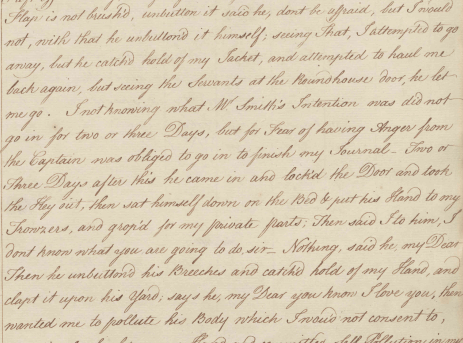 A Batavian prison break: sodomy, execution and an East India Company ship
A Batavian prison break: sodomy, execution and an East India Company shipOn the 1st April 1762, an employee of the English East India Company who was stationed in Batavia received a report that a prisoner named John Smith had escaped house confinement. Smith had been detained for nearly two months after being accused of sodomy by an apprentice stationed on an English East India Company ship; the Earl Temple.
-
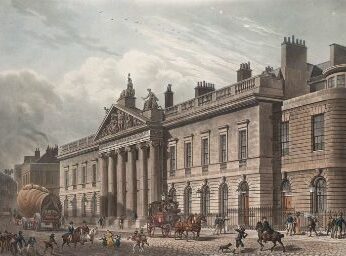 Early Women Travellers and The East India Company: A Special Guest Blog by Amrita Sen
Early Women Travellers and The East India Company: A Special Guest Blog by Amrita SenIn 1617 three unlikely travelers, Mariam Begum, Frances Steele (nee Webbe), and Mrs. Hudson, arrived at the busy port of Surat onboard an East India Company ship called the Anne. What made their journey so exceptional was that during the early years of its operation the Company expressly forbade women from traveling out to the East Indies, despite numerous pleas from its factors and sailors who did not wish to leave their wives behind.
-
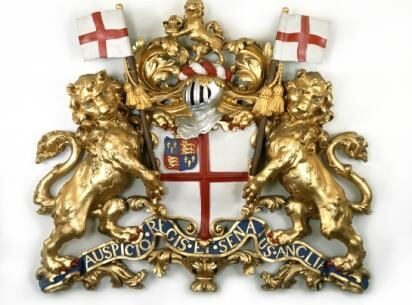 Further Adventures of the Intrepid East India Company Women: A SPECIAL GUEST BLOG BY AMRITA SEN
Further Adventures of the Intrepid East India Company Women: A SPECIAL GUEST BLOG BY AMRITA SENThe three intrepid women, Mariam Begum, Frances (Webbe) Steele, and Mrs Hudson who managed to travel on board East India Company ships in the early seventeenth century, flouting Company prohibition, continued to cause trouble even after the much harried English ambassador, Sir Thomas Roe, no longer had to directly deal with them. Unfortunately for Roe, the journey back to England was not as tranquil as he might have hoped, for Frances and Mrs Hudson were travelling with him.
-
 James Prinsep: Unifying currency and unlocking ancient India
James Prinsep: Unifying currency and unlocking ancient IndiaJames Prinsep, the son of an East India Company merchant and government official, holds a notable place in Indian history for his work in the Indian Mint and standardising currency. Records from East India Company, module VII show how Prinsep, and the British-run East India Company more broadly, reshaped India’s currency to suit their economic and administrative needs.
-
 Commodities of the China Trade: Bechè de Mer, Shark Fins and Gold
Commodities of the China Trade: Bechè de Mer, Shark Fins and GoldDuring the eighteenth century American merchants sought to establish trade with China. Their ships set sail from New York, Boston, Salem and Philadelphia laden with tea, ginseng and opium; all profitable and powerful commodities that could be traded with the accomplished merchants waiting at Canton. However competition from establishments such as the East India Company kept the American merchants busy; they had to find products which satisfied the niche and sometimes peculiar tastes of the merchants at Canton.
-
 The Australian ‘Colonial Experiment’
The Australian ‘Colonial Experiment’On the afternoon of 26 January, 1788, a fleet of eleven vessels under the command of Captain Arthur Phillip entered what today is known as Sydney Harbour and started what was later described as ‘a new colonial experiment, never tried before, not repeated since’.
-
 Easter 1916: The Irish Rebellion in an International Context2016 marks the 100th anniversary of the Easter Rising in Dublin, a rebellion which started on Monday April 24, 1916 and lasted until the following Saturday. The Irish Volunteers, the main nationalist military organization, and the Irish Citizen Army, a socialist militia, captured key points throughout the city and proclaimed the establishment of the Irish Republic for the duration of Easter week in an attempt to rid the island of British rule.
Easter 1916: The Irish Rebellion in an International Context2016 marks the 100th anniversary of the Easter Rising in Dublin, a rebellion which started on Monday April 24, 1916 and lasted until the following Saturday. The Irish Volunteers, the main nationalist military organization, and the Irish Citizen Army, a socialist militia, captured key points throughout the city and proclaimed the establishment of the Irish Republic for the duration of Easter week in an attempt to rid the island of British rule. -
 Thomas Cook and Touring the Middle East
Thomas Cook and Touring the Middle EastThis week sees the anniversary of the Sykes-Picot agreement. A secret agreement between the Triple Entente signed on the 16th May 1916, it would divide the Middle East and the surrounding areas that were currently controlled by the Ottoman Empire. The plan was exposed by the new Bolshevik government of Russia in 1917 and printed in the UK newspaper the Guardian the same year.
-
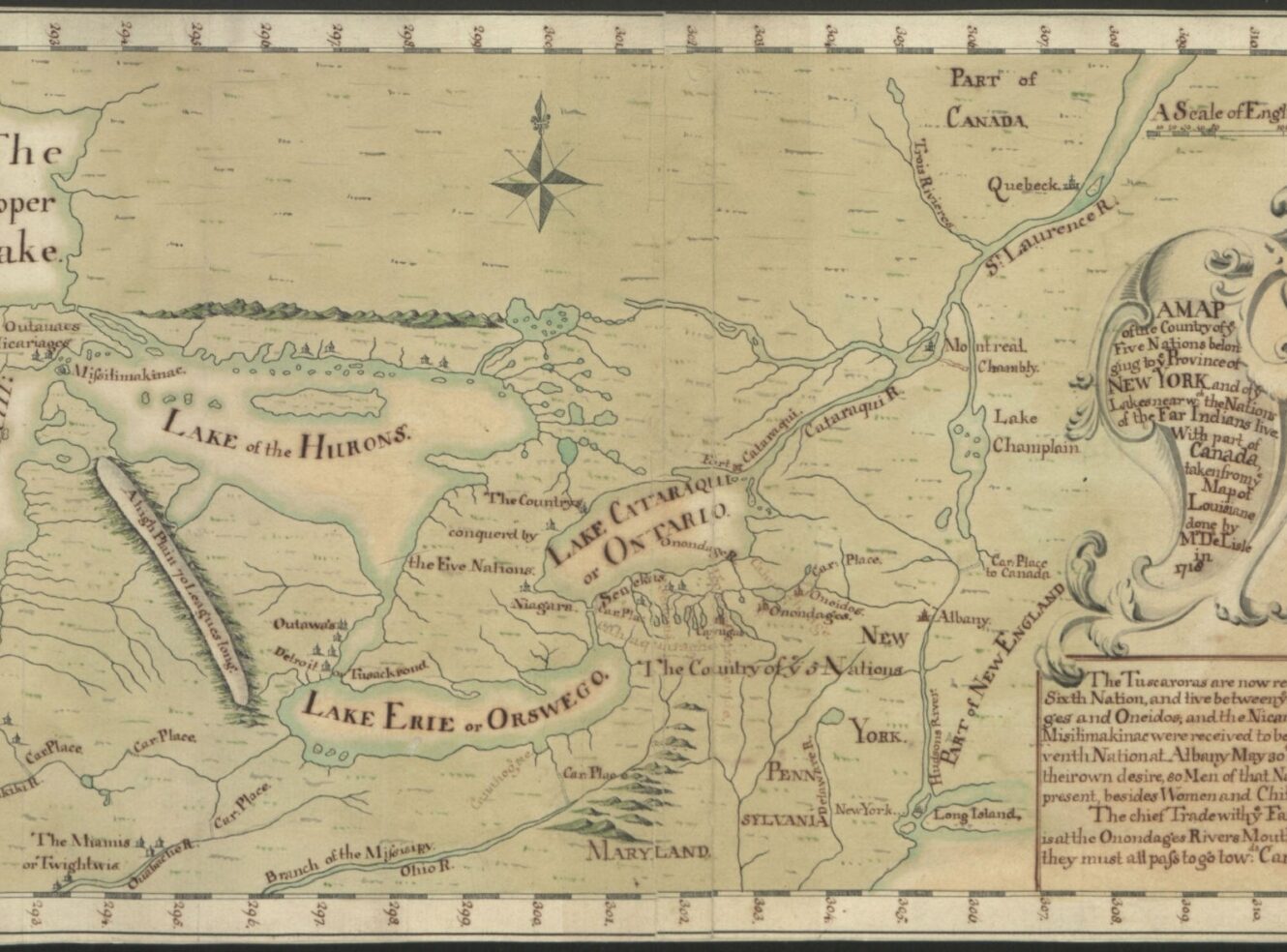 New lands on a plate: British vs French in eighteenth-century North America
New lands on a plate: British vs French in eighteenth-century North AmericaIn the popular imagination, colonial-era America is equated with the thirteen colonies of Britain, and indeed our Colonial America resource, module 2 of which has just been released, is made up exclusively of British and British-American archive material. But the reality is that seventeenth- and eighteenth-century North America was contested between rival European powers, each vying for land, resources, trade, military superiority and advantageous relations with indigenous groups.
-
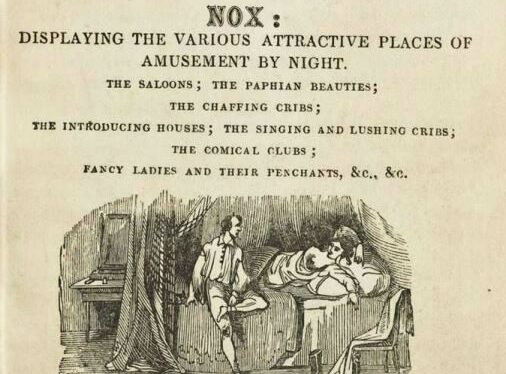 Exploring London Low Life: The Forgotten East End: A Special Guest Blog by Professor Brad Beaven
Exploring London Low Life: The Forgotten East End: A Special Guest Blog by Professor Brad BeavenWhen we think of the East End in the nineteenth century our minds often conjure-up images of dark back-street rookeries and communities blighted by crime and poverty. Well known polemic pamphlets by contemporaries like Andrew Mearns’ The Bitter Cry of Outcast London and the haunting images sketched by Gustave Doré have influenced both academic writing and popular culture to this day. When imagining the East End in the nineteenth century, very few of us associate it with sailors and the maritime culture that they brought ashore.
-
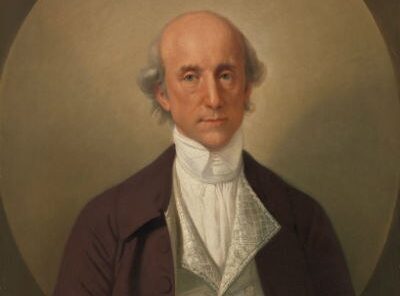 ‘The captain-general of iniquity’: The impeachment of Warren Hastings
‘The captain-general of iniquity’: The impeachment of Warren HastingsOne of the many good things about living in a place like Britain, where lots of documented stuff has been going on in a small space for a long time, is that wherever you go there’ll be some historical notable who’s been there before you. Last summer I was wandering around the Cotswolds and passed through Daylesford, for many years owned, I discovered using the power of the guidebook, by Warren Hastings, perhaps the most notorious figure in the East India Company at the height of its power and the penultimate man to be impeached before the British Parliament.
-
 War and Politicks: the Belligerent Career of Colonel James StuartWhen I started working on the newly revamped India, Raj and Empire resource, I expected to find within the material most if not all of the classic elements of colonialism and empire. But what I found most interesting, when digging deeper into the documents, was the vast amount of in-fighting, conflict and corruption going on in the boardrooms and dining salons of the East India Company officials.
War and Politicks: the Belligerent Career of Colonel James StuartWhen I started working on the newly revamped India, Raj and Empire resource, I expected to find within the material most if not all of the classic elements of colonialism and empire. But what I found most interesting, when digging deeper into the documents, was the vast amount of in-fighting, conflict and corruption going on in the boardrooms and dining salons of the East India Company officials. -
 The Magnetic Mountain: Building Socialism in Magnitogorsk
The Magnetic Mountain: Building Socialism in MagnitogorskThe famed Soviet city of Magnitogorsk came to embody the guiding principles of the Marxist-Leninist revolutionary experiment. The result was the realisation that science and politics could be used to landscape and engineer the perfect society, a socialist utopia.
-
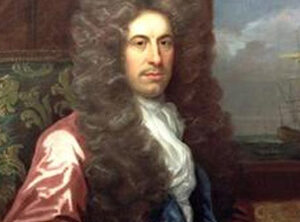 Rumour, Religion and Revolt: Fears of Indian and Catholic conspiracy during Maryland’s Glorious Revolution (1689-1690)
Rumour, Religion and Revolt: Fears of Indian and Catholic conspiracy during Maryland’s Glorious Revolution (1689-1690)Maryland’s Glorious Revolution (1689-1690) removed the Catholic Lords Baltimore from government in perpetuity. The family would only return in 1715 as Anglican converts. Maryland’s revolution coincided with the Glorious Revolution in England (1688), which replaced the Catholic King James II with the Protestant William III, and the Nine Years War (1689-1697) with France, known in the American colonial context as King William’s War. In 1684 rumour of a Catholic-American Indian conspiracy circulated amongst colonists. The rumours implicated Colonels Henry Darnall and William Pye, and Major William Boreman Sr., a former mariner and Indian trader, each of whom was a wealthy and distinguished planter in Maryland.
-
 Back to Fortress Singapore: A First-Hand Account
Back to Fortress Singapore: A First-Hand AccountSingapore was the British military stronghold in the East. However, when in 1942 the Japanese took the British by surprise, it led to one of the greatest military defeats in British history. Singapore would not be back in British hands until the war was over.
-
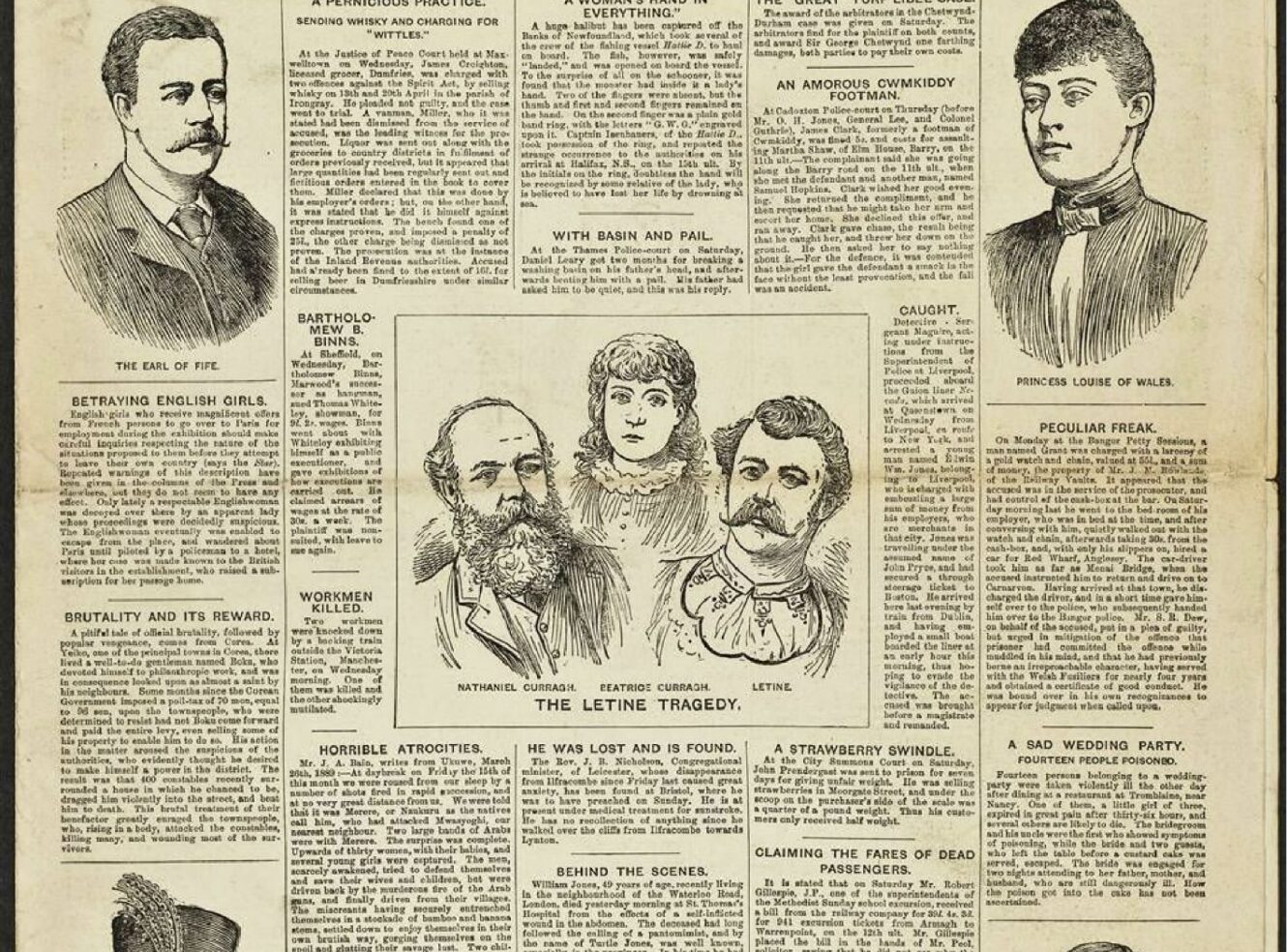 Bobbies and Peelers: The Metropolitan Police Act of 1829
Bobbies and Peelers: The Metropolitan Police Act of 1829On this day in 1829 the first units of the London Metropolitan Police appeared on the streets of London, under Sir Robert Peel. Having become Home Secretary in 1822, Peel set to work laying the legislation in place that would enable the very first English police force.
-
 Sodomy on The Earl Temple
Sodomy on The Earl TempleJoost Schouten was one of the most capable employees of the Dutch East India Company during the seventeenth-century and so it probably surprised a number of his contemporaries when, on Monday 11 July 1644 in Batavia (now known as Jakarta) he was strangled to death and his body burnt. Schouten had readily confessed to crimes of engaging in homosexual relations while on board a ship called the Franeker, which was travelling from Aceh to Malacca in 1641.
-
 Nantucket as a Summer Holiday Destination
Nantucket as a Summer Holiday DestinationThe small spit of land off the coast of Massachusetts which maps refer to as ‘Nantucket’ was called the ‘far away land’ by its first settlers, the Wampanoag Nation. Nowadays, this small island, which at just under 273 km squared is smaller than Malta or the Maldives, is easy to reach by long-distance bus and the ‘Cape Flyer’, by high-speed ferry or by commercial airline.
